Breaking the Ice: Icebreakers
Ice breakers drive into the ice pack and crack the ice, right? Ships this size involve a little more complexity. The trick isn’t breaking the ice. The trick is intentionally colliding your vessel . . . and surviving.
Ice breakers drive into the ice pack and crack the ice, right? Ships this size involve a little more complexity. The trick isn’t breaking the ice. The trick is intentionally colliding your vessel . . . and surviving.
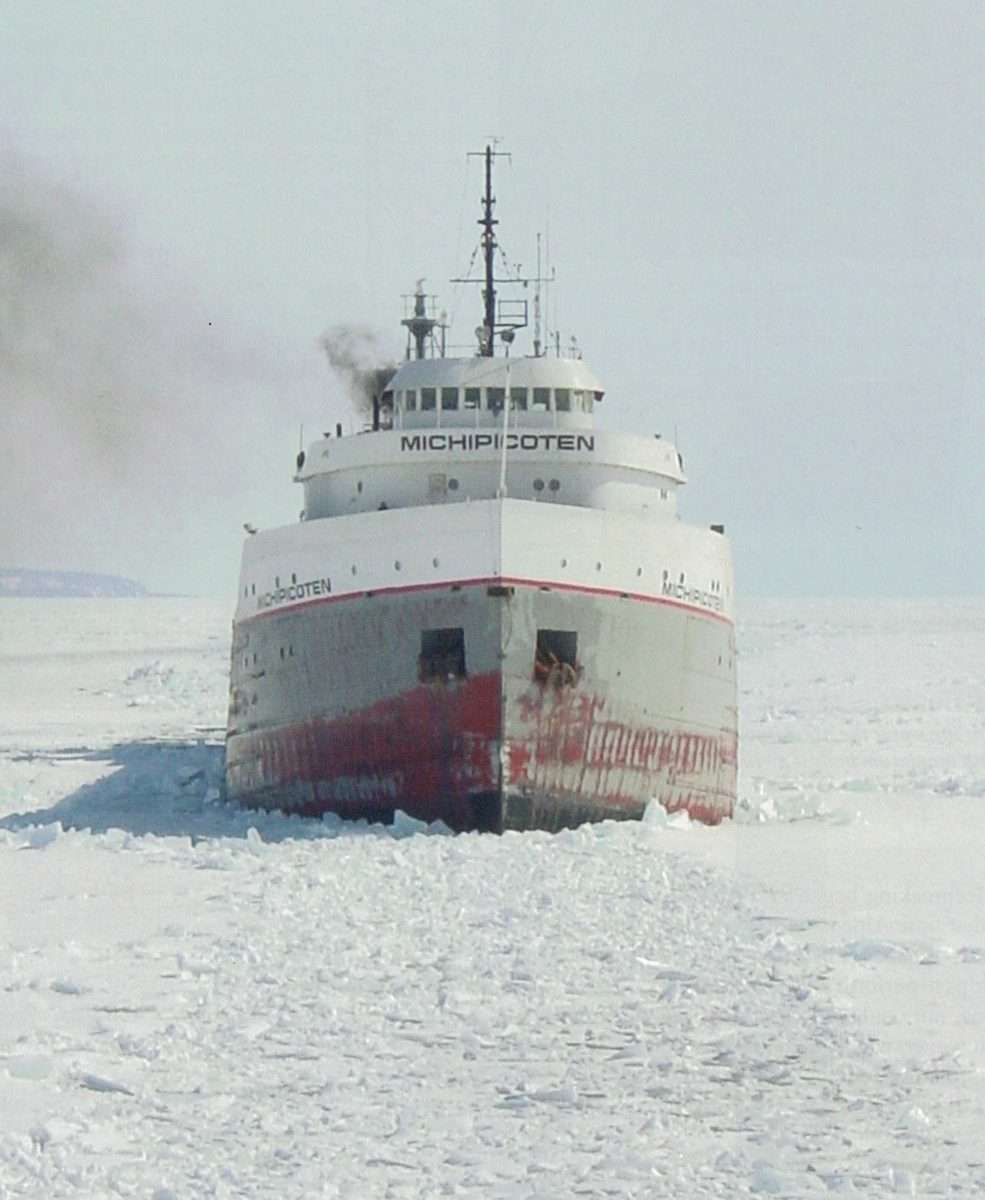
How does a museum piece hold secrets to advanced designs for icebreaking? The US Coast Guard vessel Mackinaw (WAGB 83) operated on the Great Lakes from 1944 – 2006, breaking ice and protecting maritime trade. Technology changed a lot from 1944, but this vessel still holds elements of modern concepts in icebreaking. In the battle of ship versus ice, she shows how to crush your way through an ice pack.
Ice can be shockingly strong! One study tested samples of sea ice and found a compressive strength of 1 – 3 MPa, typically, around 3-10% the strength of the polyester resin we use to make fiberglass hulls. [1] [2] Strong and clever. Driven by winds blowing across miles of icepack, the ice moves and shifts. It builds up massive compressive forces within the icepack, threatening to crush any ships. (Figure 2‑1)
Even worse, the ice doesn’t disappear when we crush it. It slides along the hull, generating intense friction. Enough friction to pinch a vessel and pull it to a stop. And don’t forget, there is always more ice. Sea ice exists in freezing temperatures. Every time you break it and expose clear water, the cold immediately starts to make new ice. Icebreaking is a constant battle, where we need massive strength to initially break the ice, and a smart design to deal with the friction of the ice.
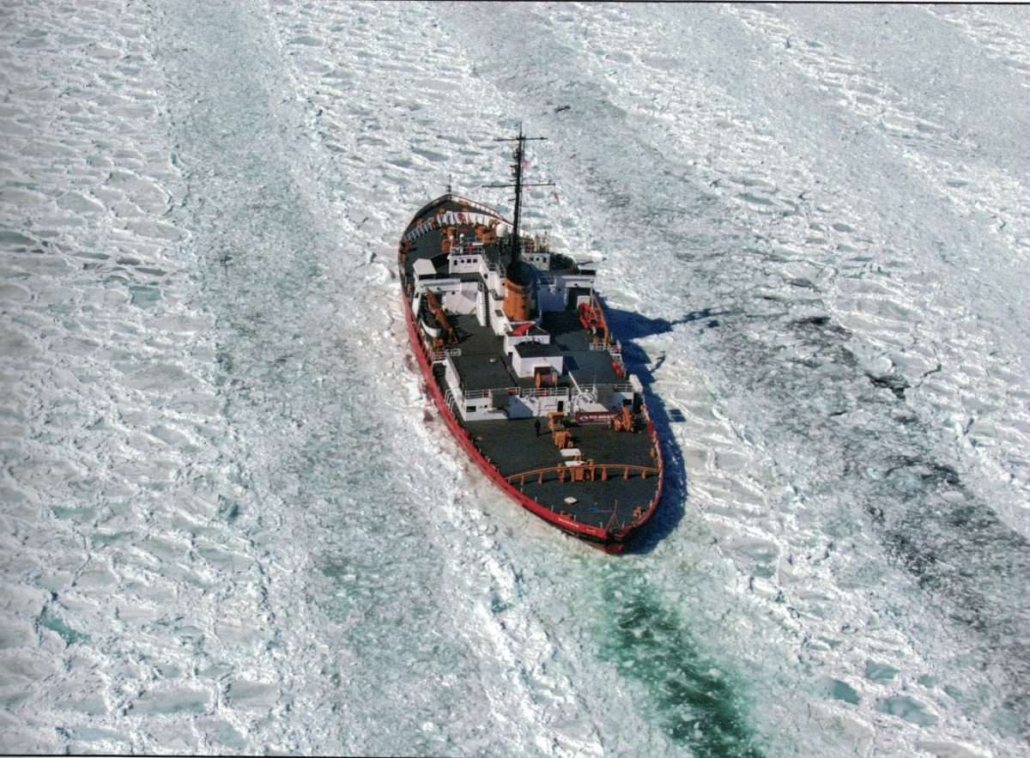
The best method for icebreaking involves a wedge and lots of weight. The ship hull uses a very shallow rake on the bow, designed like half of a wedge. (Figure 3‑1) They ram that wedge into the icepack, and the bow slides up on top of the ice sheet. Then the massive weight of the icebreaker crushes down to break the ice.
The Mackinaw used a more pointed bow, following the traditional idea of a wedge. This represented the pinnacle of science for her time. More recent research found that the pointed shape led to extra pinching from the side, which increased the ice friction. Current designs favor a wide spoon shaped bow to reduce ice friction. (Figure 3‑2)
At this point, many people ask about alternative methods to break the ice. Examples include:
Ice requires unusually large amounts of heat to melt. The Mackinaw propulsion motors delivered 7.5 MW (10,000 hp) of power for icebreaking. If we chose to melt just 1/3 of the ice instead, that required about 4746 MW of power, over 600x more! You can’t fit that much power into a ship of this size. Driving on top of the ice is the only way to do this without inventing some miracle power source.
People have experimented with other methods. But they mostly focus on reducing the friction of the ice. Ramming with the bow still proves the most reliable method. The ship hull has no moving parts, nothing that requires grease or protection from freezing. That reliability becomes a major win when fighting against the icepack.
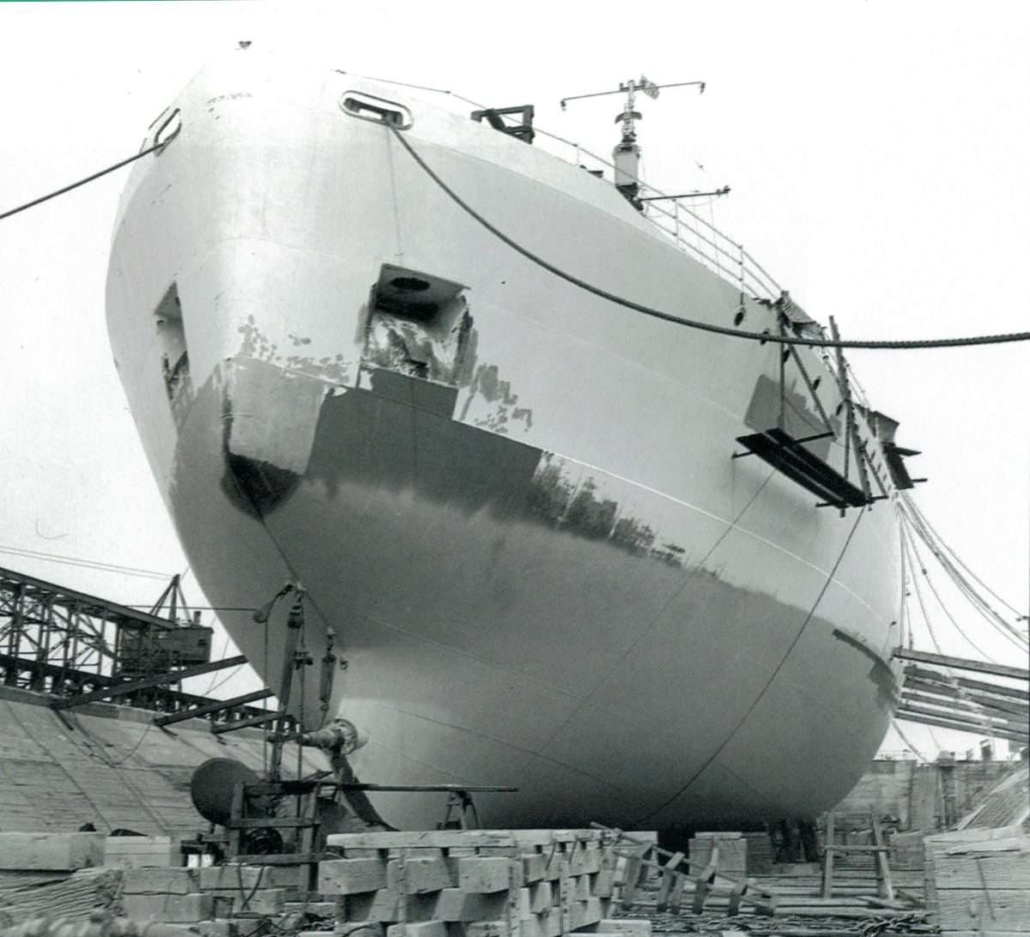
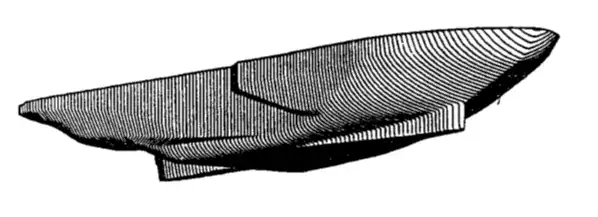
We broke the ice, but it didn’t disappear. Instead of a solid sheet in front of us, we are now stuck with several chunks the size of a car, all trapped under the hull. These floated upwards, collecting at the side of the hull, piling into the existing icepack. This buildup drastically increased the side pressure and friction on the hull. We need a way remove the ice, clear it away from the ship.
The Mackinaw used a bow propeller. She was equipped with two propellers on the stern, and a third propeller at the bow. This propeller added to the forward propulsion, but its main purpose was to clear away ice from the bow. The propeller created a massive stream of water, carrying the ice along the hull and clear to the stern. Running in these conditions required an extra strong propeller, reinforced for chopping through ice chunks.
Modern icebreakers take this one step further, using three azipod propellers. Azipods use electric motors and can rotate the propeller any direction in a 360 circle. This grants the icebreaker unparalleled maneuverability. Forward, backward, sideways, spin in a circle, the azipod icebreaker does it all. (Figure 4‑1) But now the prop wash can clear the ice in any direction. Even direct the props sideways and use their wash to widen a channel. It allows the ship to clear channels larger than its own beam. This makes the ship far more productive and reduces the chances they get stuck.
Even icebreakers get stuck in ice. Driven by wind and freezing temperatures, the channel may close behind the icebreaker. Or the ice gets too thick to continue. Friction builds up to hold the ship in place. What to do now?
First, make sure the ice can’t crush you. Figure 5‑1 shows a cross section of the Mackinaw hull. Notice there are no vertical surfaces on the hull. The hull was built so every section had some angle. If the ice pushes in from the side, that force gets redirected to push upwards on the hull. This is how icebreakers ride up on top of the ice. It’s unlikely the ice would completely push the icebreaker out of the water, but this hull shape acts like a safety valve. It limits the maximum pressure on the hull.
The Mackinaw employed a second trick to deal with ice on the sides. The ship has massive ballast tanks on the port and starboard sides, with truly epic pumps connecting them. The pumps shift thousands of gallons of water between the port and starboard tanks in a matter of minutes. That huge shift in weight heels the ship over. Repeat the process, pumping from one side to the other, and you rock the ship back and forth. Remember the hull was wider on the top than the bottom. This rocking motion pushes out the ice on the sides. It also breaks free any friction or frozen ice chunks. With this rocking motion, the ship quickly breaks free of the ice.
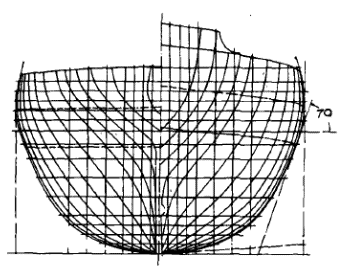

I can’t sing praises for icebreakers all day. They have a critical problem: all the features that make the hull good for ice breaking also make it terrible in open water. We want a curved cross section on the hull to prevent the ice crushing, but that also leads to terrible rolling motion with any waves in open water. We want a wide, flat bow to crush the ice. But flat bows don’t cut through waves; they bounce over the waves. Not a pleasant ride. There are even stories where the big strong icebreaker took shelter from a little summer storm, because the motions were too severe. [3]
Some icebreakers get around this problem by using the stern for icebreaking. With the introduction of azipods, it’s much easier to drive the ship in reverse. Some icebreakers design the bow for conventional waves, with a pointing front. And the stern does the icebreaking. This eliminates some of the problems with sea motions. But the biggest behemoths still use the bow for icebreaking. On an icebreaker, you hope for ice. It sure beats open sea.
Despite the massive advances in technology, the principles of icebreaking changed very little. The best method still turns the ship into a giant wedge. Drive the bow on top and crush the ice from above. Whether using old technology, or refinements from the modern age, icebreaking takes a titan of engineering.
| [1] | S. Kivimaa and P. Kosloff, “Compressive Strength and Structure of Sea Ice in the Weddell Sea, Antarctica,” Transactions on the Built Environment, vol. 5, pp. 331-342, 1994. |
| [2] | R. Library, “Polyester Resin,” Resin Library.com, [Online]. Available: https://www.resinlibrary.com/wp-content/uploads/2020/12/Polyester-resin-for-laminating.pdf. [Accessed 14 Feb 2023]. |
| [3] | S. L. Planisek, Icebreaker Mackinaw, 2nd. Edition, Mackinaw City, MI: Great Lakes Lighthouse Keepers Association, 2008. |
| [4] | J. Rybka, “Modern Icebreaking Hull Design,” in US Coast Guard Academy, SNAME New England Section, New London, CT, 18 Jan 2001. |
| [5] | ABB Marine, “How icebreaking is enabled with ABB’s Azipod® propulsion,” YouTube, 13 Oct 2022. [Online]. Available: https://www.youtube.com/watch?v=PCgEETYmWRE. [Accessed 17 Feb 2023]. |
| [6] | J. G. German, “Design and Construction of Icebreakers,” Transactions of SNAME, pp. 26-69, 1959. |
| [7] | Wikipedia Authors, “Sea ice near coast of Labrador.,” Wikimedia Commons, 26 Mar 2007. [Online]. Available: https://commons.wikimedia.org/wiki/File:Sea_ice_near_coast_of_Labrador_-a.jpg. [Accessed 21 Nov 2023]. |
| [8] | Wikipedia Authors, “Hummock,” Wikimedia Commons, 6 May 2012. [Online]. Available: https://en.wikipedia.org/wiki/File:Hummock.JPG. [Accessed 21 Nov 2023]. |
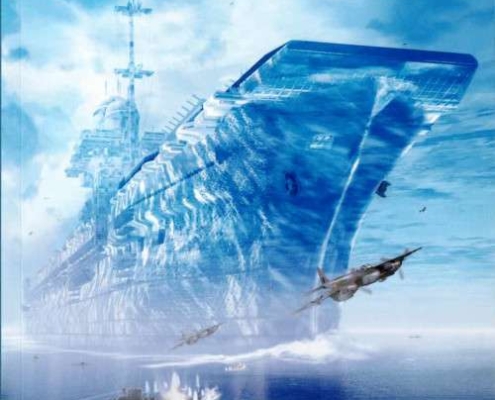 https://dmsonline.us/wp-content/uploads/2023/12/HabbakukCover-Small-1.jpg
489
500
Nate Riggins
/wp-content/uploads/2025/06/DMS-logo.svg
Nate Riggins2024-09-24 09:18:002025-08-17 10:09:39Project Habbakuk: A Ship from Ice!
https://dmsonline.us/wp-content/uploads/2023/12/HabbakukCover-Small-1.jpg
489
500
Nate Riggins
/wp-content/uploads/2025/06/DMS-logo.svg
Nate Riggins2024-09-24 09:18:002025-08-17 10:09:39Project Habbakuk: A Ship from Ice!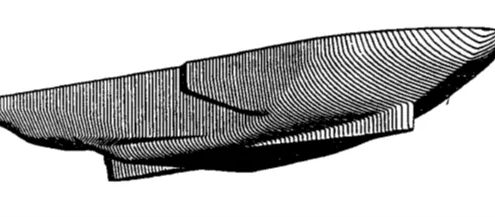 https://dmsonline.us/wp-content/uploads/2023/12/Icebreaker_SpoonBow.webp
217
598
Nate Riggins
/wp-content/uploads/2025/06/DMS-logo.svg
Nate Riggins2024-07-16 09:00:002025-08-17 10:09:40Strong as Ice: Icebreaker Structure
https://dmsonline.us/wp-content/uploads/2023/12/Icebreaker_SpoonBow.webp
217
598
Nate Riggins
/wp-content/uploads/2025/06/DMS-logo.svg
Nate Riggins2024-07-16 09:00:002025-08-17 10:09:40Strong as Ice: Icebreaker Structure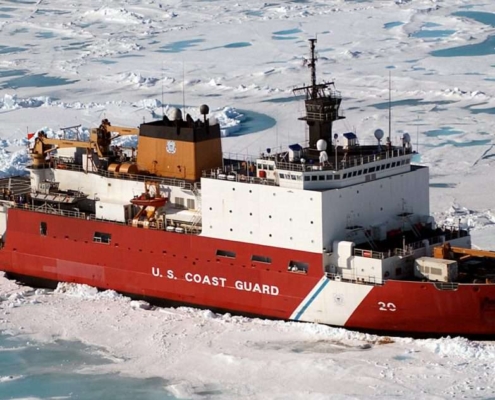
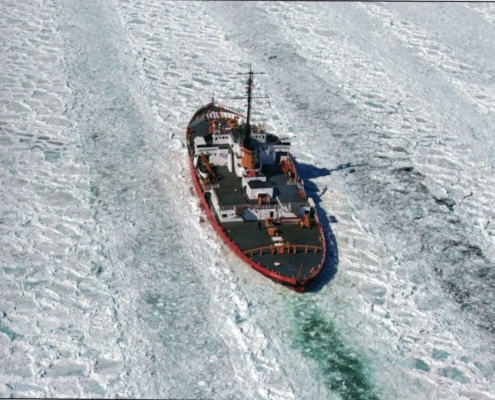
 https://dmsonline.us/wp-content/uploads/2022/06/MVAltairGeneralArrangementPlan_SmallResolution.webp
299
640
Nate Riggins
/wp-content/uploads/2025/06/DMS-logo.svg
Nate Riggins2022-09-12 06:00:002025-08-15 10:39:57How to Design a Ship
https://dmsonline.us/wp-content/uploads/2022/06/MVAltairGeneralArrangementPlan_SmallResolution.webp
299
640
Nate Riggins
/wp-content/uploads/2025/06/DMS-logo.svg
Nate Riggins2022-09-12 06:00:002025-08-15 10:39:57How to Design a Ship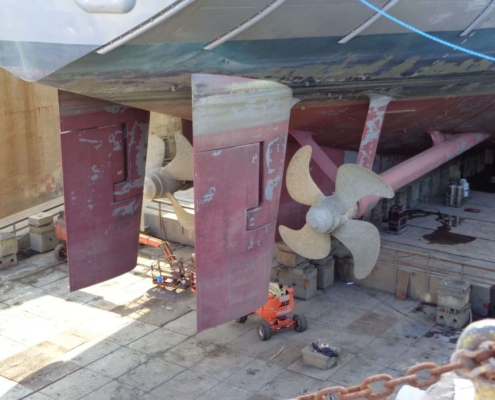 https://dmsonline.us/wp-content/uploads/2022/06/TwinRudder-scaled-1.jpg
1476
2048
Nate Riggins
/wp-content/uploads/2025/06/DMS-logo.svg
Nate Riggins2022-06-13 06:00:002025-08-15 10:34:26Commercial Ship Safety
https://dmsonline.us/wp-content/uploads/2022/06/TwinRudder-scaled-1.jpg
1476
2048
Nate Riggins
/wp-content/uploads/2025/06/DMS-logo.svg
Nate Riggins2022-06-13 06:00:002025-08-15 10:34:26Commercial Ship Safety
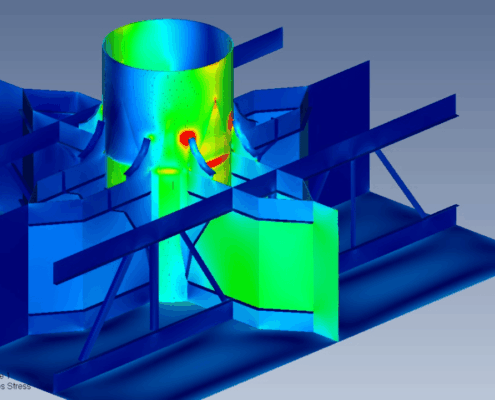

Ship designs tailored to your mission. Engineering that advances profits.

This site uses cookies. By continuing to browse the site, you are agreeing to our use of cookies.
AcceptLearn moreWe may request cookies to be set on your device. We use cookies to let us know when you visit our websites, how you interact with us, to enrich your user experience, and to customize your relationship with our website.
Click on the different category headings to find out more. You can also change some of your preferences. Note that blocking some types of cookies may impact your experience on our websites and the services we are able to offer.
These cookies are strictly necessary to provide you with services available through our website and to use some of its features.
Because these cookies are strictly necessary to deliver the website, refusing them will have impact how our site functions. You always can block or delete cookies by changing your browser settings and force blocking all cookies on this website. But this will always prompt you to accept/refuse cookies when revisiting our site.
We fully respect if you want to refuse cookies but to avoid asking you again and again kindly allow us to store a cookie for that. You are free to opt out any time or opt in for other cookies to get a better experience. If you refuse cookies we will remove all set cookies in our domain.
We provide you with a list of stored cookies on your computer in our domain so you can check what we stored. Due to security reasons we are not able to show or modify cookies from other domains. You can check these in your browser security settings.
We also use different external services like Google Webfonts, Google Maps, and external Video providers. Since these providers may collect personal data like your IP address we allow you to block them here. Please be aware that this might heavily reduce the functionality and appearance of our site. Changes will take effect once you reload the page.
Google Webfont Settings:
Google Map Settings:
Google reCaptcha Settings:
Vimeo and Youtube video embeds: